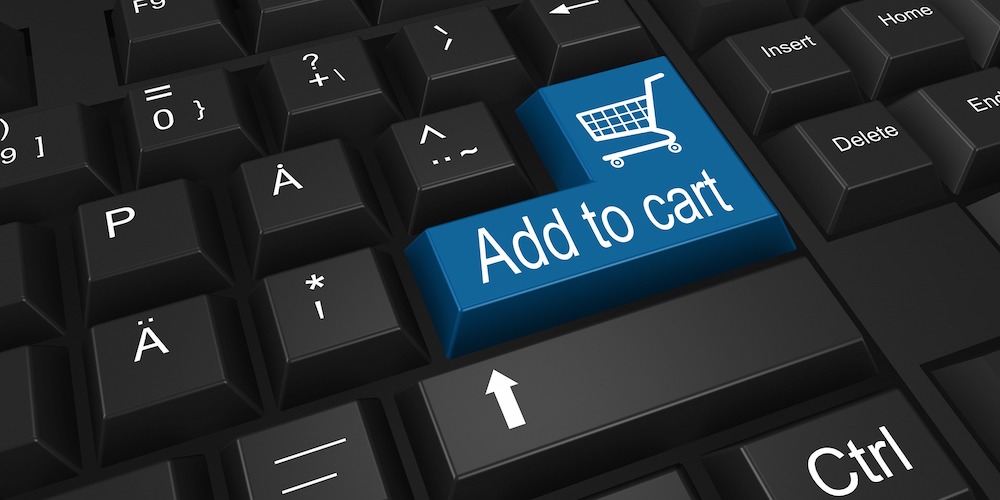Sales Tax Headaches Solved with xocbox and Taxjar
2020 saw an increase in the number of retailers expanding their online sales channels and the trend is set to continue and in 2021. If your business is starting or expanding its online sales channels then one of the things you are sure to encounter is sales tax.
Collecting and reporting sales tax revenue has also become more complex, as the rules have changed for many states which now require tax to be collected if you reach a certain level of sales, or have “nexus” in that state. The confusing part is that not all states have the same rules, so making sure you are in compliance with each set of rules can get tricky very quickly.
This is where xocbox takes the pain out of your monthly sales tax filing and reporting. Xocbox now integrates with Taxjar to provide automated sales tax calculations, reporting and filing.
We use Taxjar’s API to ensure that filings are automatically submitted to the states where you are registered so you never miss a filing date, the correct tax rate is charged at checkout, and you can establish whether you have nexus in all states or just one or two.
If you have been wondering how to cope with all the new laws and changes surrounding sales tax, contact us today to see how we can help.







